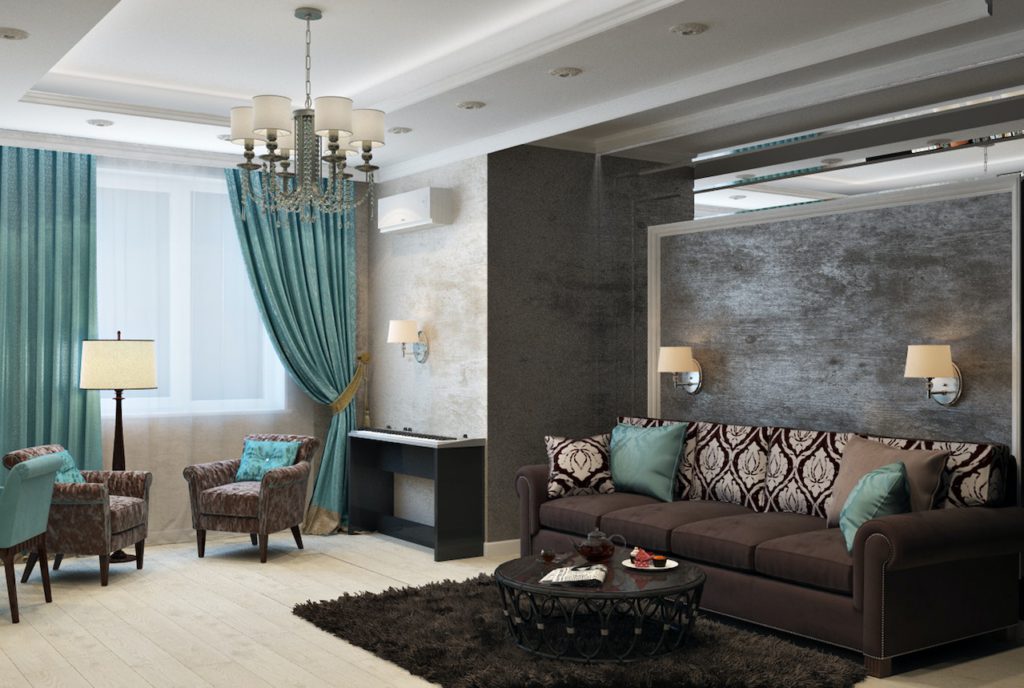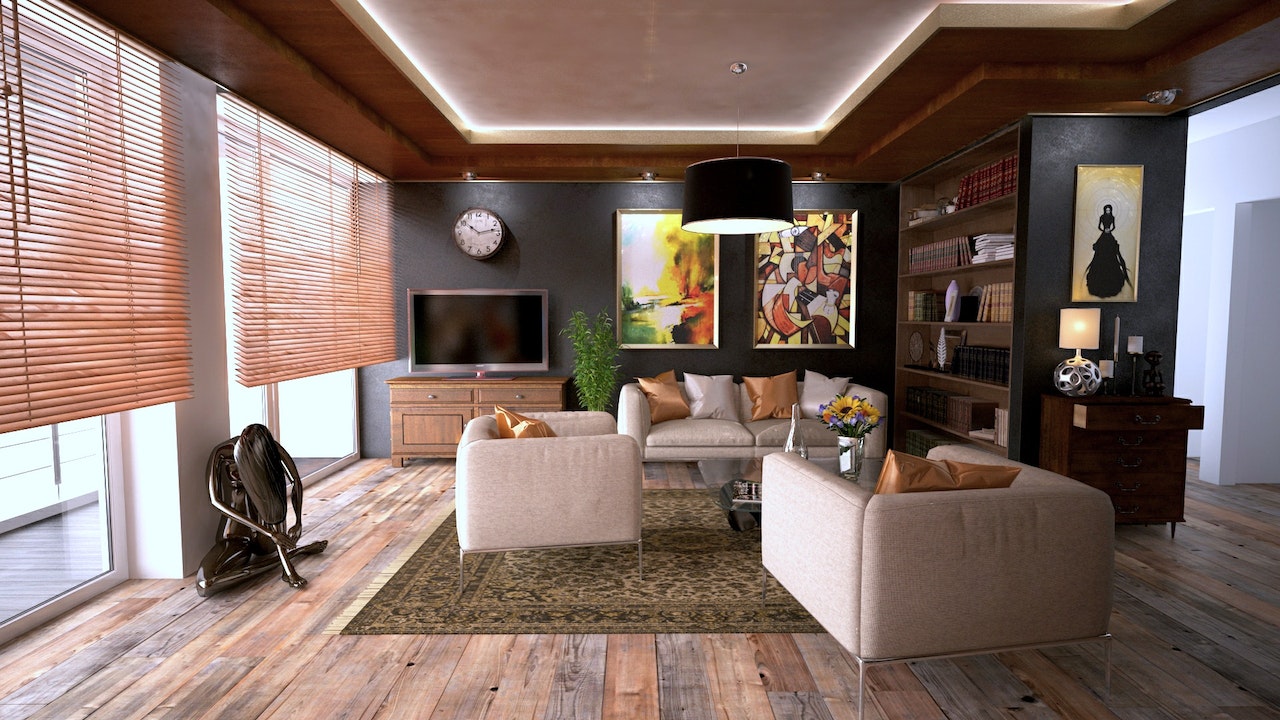
What Are Commercial Interior Designers?
While home interior designers generally strive to make the house comfortable and habitable, commercial interior designers strive to create spaces that support the functions of a business, whatever those functions may be. Commercial interior designers are broadly used in creating or redesigning industrial plants, office buildings, government spaces, retail, warehouses, and, in some cases, residential areas. In most cases, they will also work on creating spaces that are as visually attractive as possible, and that represent a firms brand within a workspace.

A commercial interior designer will help guide the selection of materials, layout, spacing, interior wall placement, and may serve as a point person for all relationships amongst all related professionals working on a building project. He will plan out decorations and themes that will work with the space, and will help create functional and appropriate space allocations through a few ideas for office dividers and walls in the space.
Involving a lot more than just decorating a business spaces interior, commercial design will cover issues like choosing the build materials, layout and placement of the interior walls, the plumbing and electrical systems, and also coordinating communications with building professionals, owners, and service providers.
To design a commercial space, the designer needs to know about fit out companies Melbourne wide, available space, dimensions, and utilities. Developing plans for a buildings internal spaces is, obviously, a chief duty of the commercial interior designer, but setting a scope, setting a schedule and a budget, and producing initial drawings and final plans are all also in a designers scope.
Known in commercial interior design as the as-built or as-is drawings, these initial plans are drawn at scale, and they will prove invaluable when developing ideas about how the main building elements should be laid out within an interior space. With that in mind, and already having a few measurements, the designer will begin planning out the space layout, and he or she will take advantage of some existing elements, incorporating them into the project design and architecture. This initial planning of space is an area where a designer needs to have an understanding of the architectural design in order to implement these changes.
The designer then works from a finished space, adding furnishings that fulfill the initial design goals. Once the build stage is completed, designers then turn the physical structure into a living, breathing space during the decorating stage. Then, as the design continues, the designer continues working with architects, engineers, builders, and decorators.
On larger projects, a designer usually works with a larger team of designers and architects, with each focused on his or her own areas of expertise. For beginners, a designer can help bring the rest of your project team together, like an architect, contractors, or even consultants on lighting, commercial kitchens, acoustics, and more. On smaller commercial projects that involve only interior changes, the designer may well end up taking charge of the project and serving as the middleman between the client and the teams doing the work.
The designer works together as they make big decisions on things such as building codes, lighting, windows, ceiling designs, the interior commercial furnishings, and other architectural details.
Commercial interior designers are very involved with the remodeling and building process, working closely with contractors and manufacturers to make major construction decisions, including architectural details, lighting, floor and ceiling designs, window placement, and technology upgrades. Commercial interior designers are charged with making major decisions including furniture placement, lighting, floor and ceiling design, managing space, shape, line of sight, colors, patterns, and textures.
Commercial designers thrive in a dynamic, project-driven environment, communicating business needs and visions, and are capable of envisioning great spaces that everyone involved with a company would praise.
Residential interior design is all about creating welcoming, habitable spaces for homeowners, while commercial design is all about increasing function and elevating style for the sake of financial gain. In addition to hospitality and retail interiors, designers at Decorilla take great pride in creating exquisite domestic spaces as well.
Commercial interior designers select motifs and styles that fit a companys needs, and they make these needs come true through office furniture, walls, and window treatments, shapes, and spaces, as well as cabinetry, accessories, and art. Once the contractor is brought in and space is built, commercial interior designers also manage the building process, to ensure the conformity with the design intentions, with site visits, and also reviewing submitted drawings and answering questions on-site.